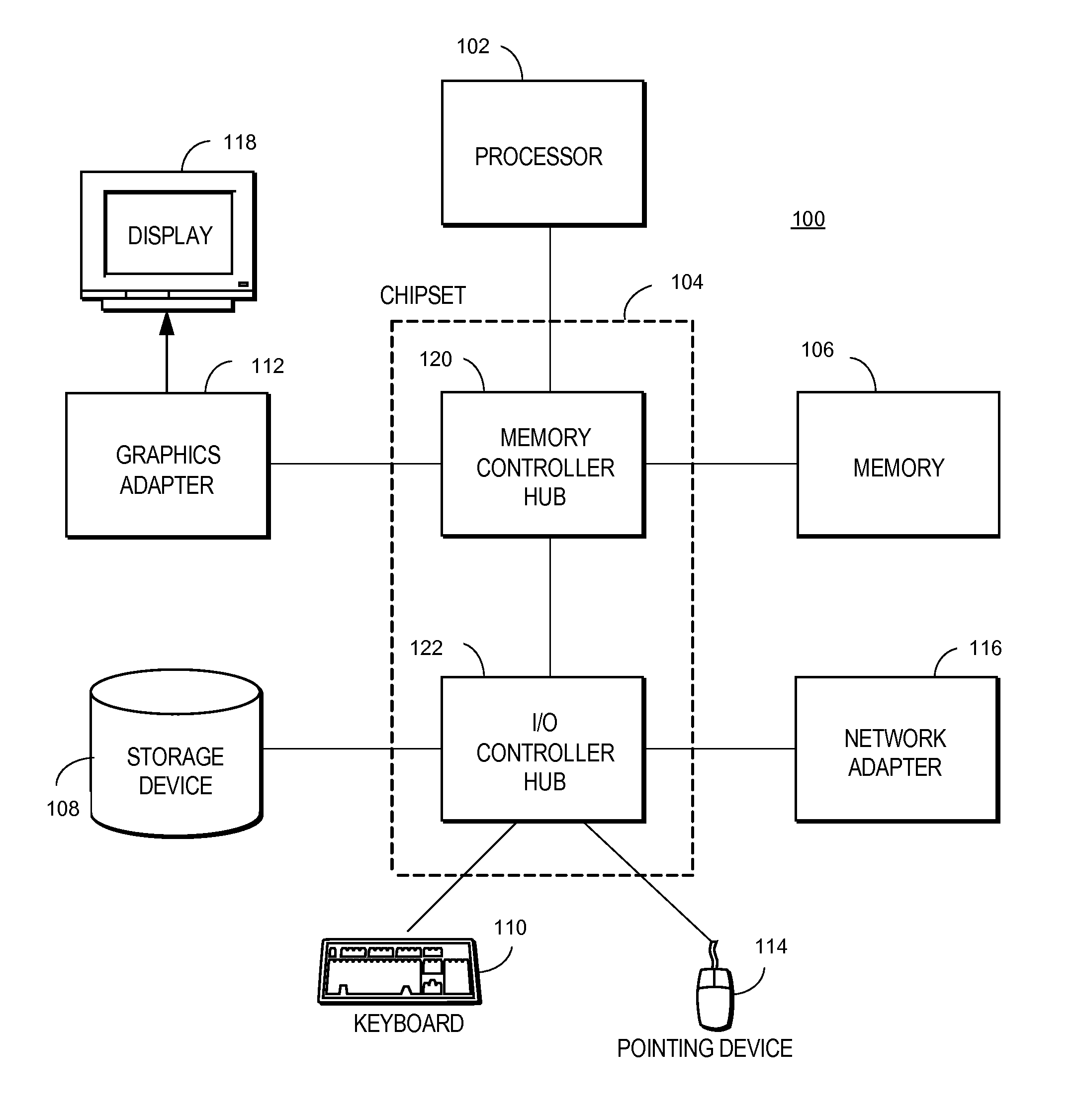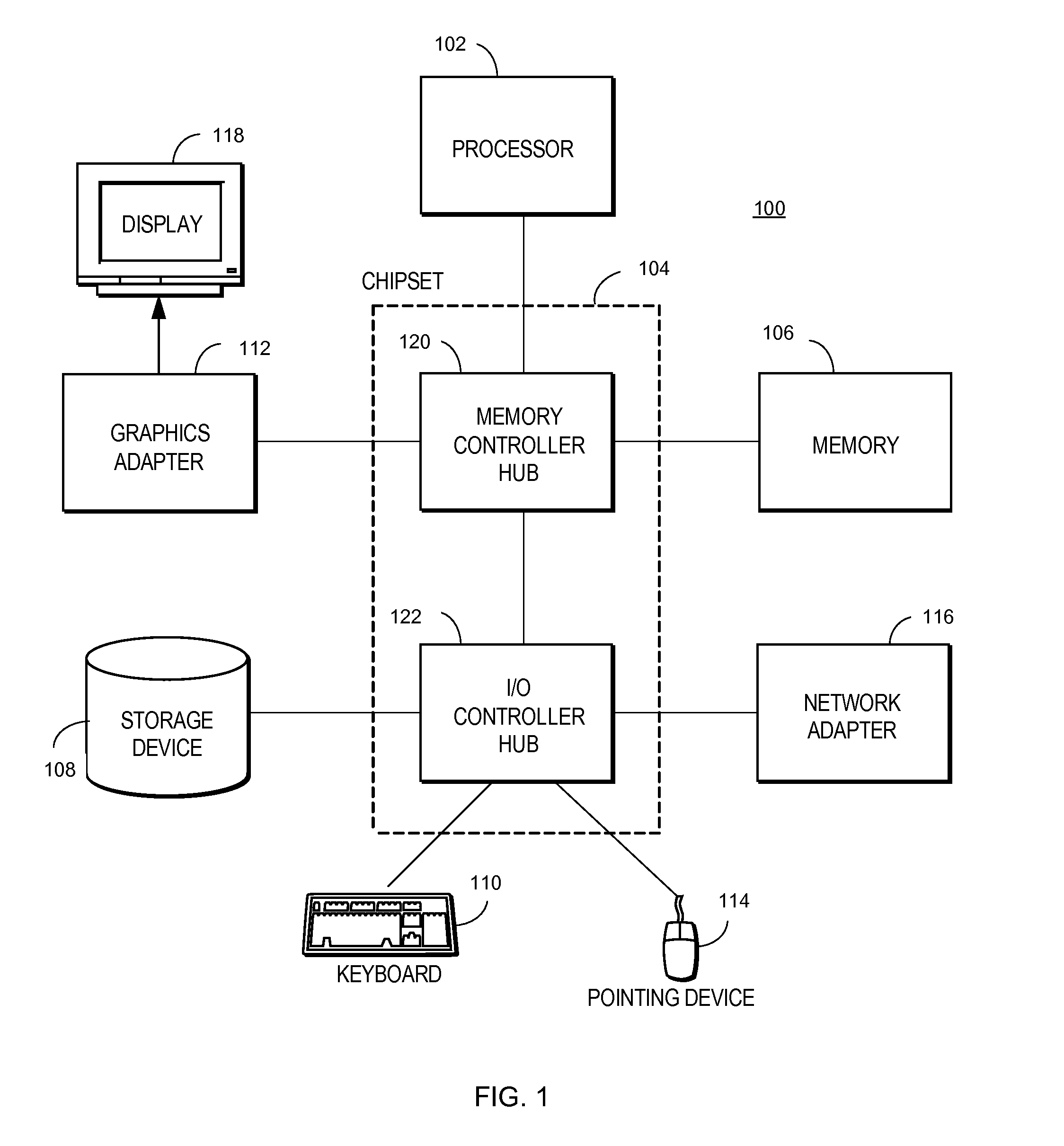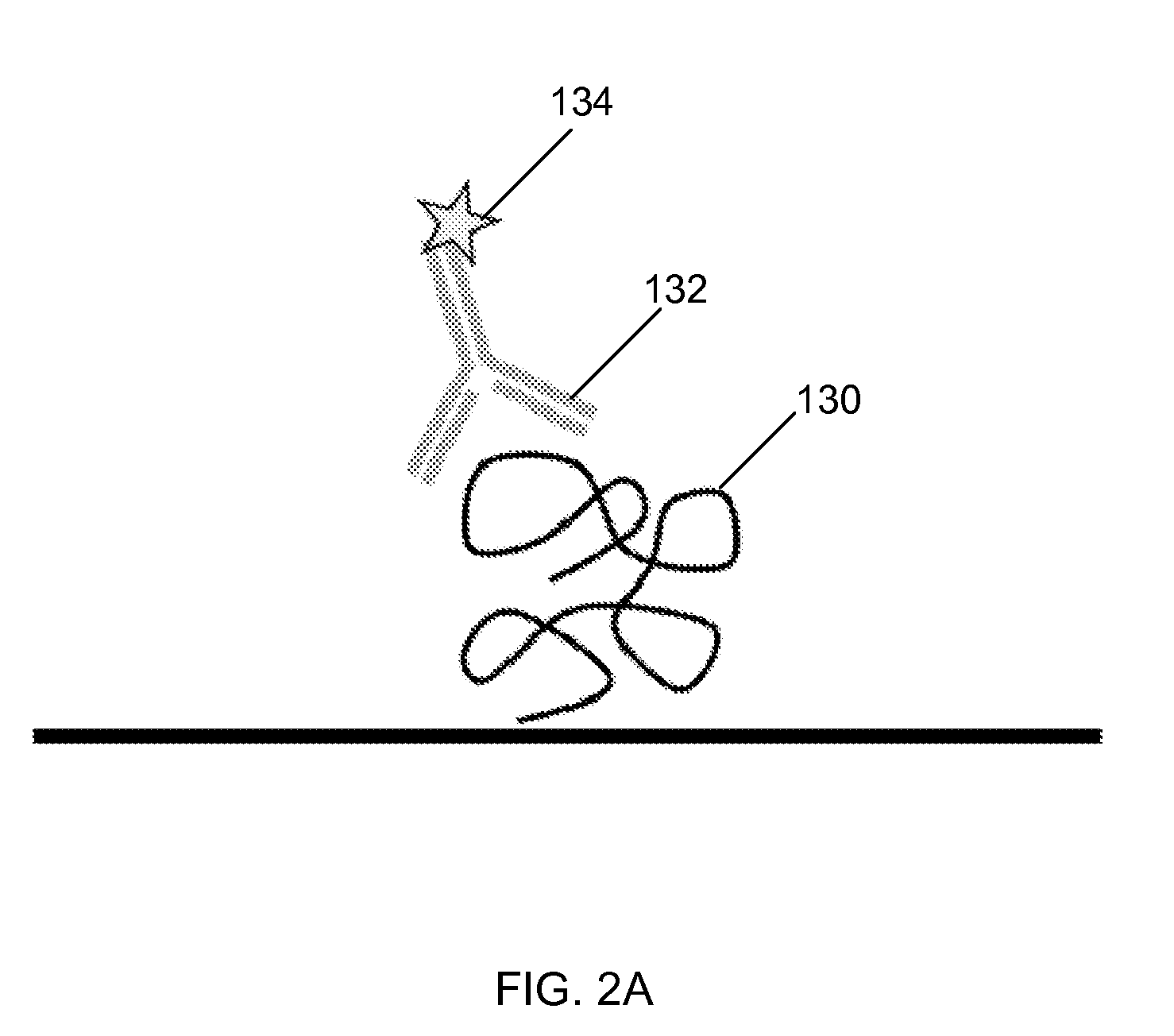Digital Analysis of Molecular Analytes Using Single Molecule Detection
a molecular analyte and detection method technology, applied in the field of diagnostics and communication theories, can solve the problems of biases and inaccuracy in quantification, current methods have limitations of sensitivity, and limitations of current analyte analysis technologies,
- Summary
- Abstract
- Description
- Claims
- Application Information
AI Technical Summary
Benefits of technology
Problems solved by technology
Method used
Image
Examples
example 1
Optical Detection Assay for Multiple Analytes Using a Single Fluorescent Tag, Single Pass, Dark Counted, and 1 Bit Per Cycle
[0180]In one example, the method is performed using the following parameters: Single Fluorescent Tag (Single Color), Single Pass, Dark Counted, and 1 Bit per Cycle. FIG. 9 illustrates this example where the fluorescent surface density is lower than the deposited protein surface density. The Figure shows four different types of target proteins mixed with other non-target proteins shown randomly deposited on the surface.
[0181]Table 12 below shows how a total of four bits of information can be obtained using four cycles of hybridization and stripping, such that there is one pass per cycle. The signals obtained from the four cycles are digitized into bits of information.
[0182]As illustrated in FIG. 13, probes are introduced for Analyte A in Cycle 1, and the presence of the analyte is indicated by a “1.” In Cycle 2, the probes for Analyte A are not added, and the an...
example 2
Optical Detection Assay for Multiple Analytes Using Single Color, Four Passes Per Cycle, Dark Pass not Counted, and 2 Bits Per Cycle
[0184]In another example, the following parameters are used: Single Color, Four Passes per Cycle, Dark Pass Not Counted, and 2 bits per Cycle.
[0185]In FIG. 14, four passes are shown for a single cycle. The first pass includes probes for target analyte A. The probes for target A hybridize, and the detectable signals are imaged. For example, the probes comprise a green fluorescent molecule and emit a green color. The probes for target A are not stripped from the substrate in this example. In pass 2, the probes for target B are hybridized, and the probes for target B have the same fluorescent color as the probes for target A. The additional signals for target B (green fluors) are detected, and both of the signals for targets A and B are imaged. The probes for A and B are not stripped from the substrate.
[0186]In pass 3, probes for target C are introduced an...
example 3
Optical Detection Assay for Multiple Analytes Using Five Colors, Three Passes Per Cycle, Dark Pass Counted, Four Bits Per Cycle
[0191]In another example, the following parameters are used: Five Colors, Three Passes per Cycle, Dark Pass Counted, Four bits per Cycle.
[0192]The following tables illustrate an assay with a five color system with 3 passes of hybridization per cycle. A total of 16 levels or equivalently four bits of information is possible per cycle if the absence of any signal is considered to be a level (i.e., dark cycle counted). Table 16 provides a key for the ID code for each analyte.
TABLE 15
TABLE 16
[0193]Table 17 below shows the number of bits per cycle for a multi-color, multi-pass hybridization for optical detection, with and without the absence of signal considered to be a level (dark cycle counted / dark cycle not counted).
TABLE 17Number of Bits per Cycle for Multi-Color, Multi-Pass Hybridization for Optical Detection# Colors # Passes# of Levels# Bits Per# of Levels#...
PUM
| Property | Measurement | Unit |
|---|---|---|
| concentrations | aaaaa | aaaaa |
| volume | aaaaa | aaaaa |
| thickness | aaaaa | aaaaa |
Abstract
Description
Claims
Application Information
 Login to View More
Login to View More - R&D
- Intellectual Property
- Life Sciences
- Materials
- Tech Scout
- Unparalleled Data Quality
- Higher Quality Content
- 60% Fewer Hallucinations
Browse by: Latest US Patents, China's latest patents, Technical Efficacy Thesaurus, Application Domain, Technology Topic, Popular Technical Reports.
© 2025 PatSnap. All rights reserved.Legal|Privacy policy|Modern Slavery Act Transparency Statement|Sitemap|About US| Contact US: help@patsnap.com



